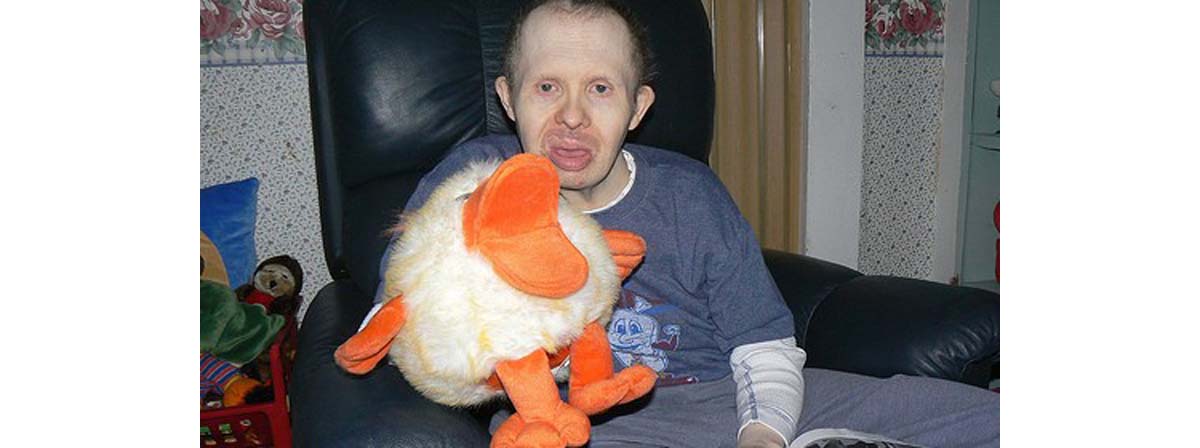Table of Contents
Molecular mechanisms behind the development of symptoms of Down’s syndrome are very complex
Scientists researching this problem have found a connection between Down’s syndrome and a protein called SNX27 (sorting nexin 27). This protein regulates the level of specific receptor proteins called glutamate receptor on the surface membrane of nerve cells.

These receptors, like many other receptors in the brain, are involved in communication between the cells. A small molecule of neuromediator called glutamate transmits the nerve signal from one cell to another. Receptors detect this molecule and recognize it as a specific signal to which they respond in a specific and pre-programmed manner. If the level of glutamate receptors is decreased, the cross-talk between neurons becomes affected and eventually this results in impaired brain functions and mental disability. This is how the symptoms of Down’s syndrome develop.
In patients with Down’s syndrome, the level of protein SNX27 is significantly smaller than in people with normal brain functioning. Researchers checked which factors affect the level of this protein and how. They found that chromosome 21 carries a gene for a specific compound that decreases the synthesis of SNX27 in nerve cells. This compound exists in normal brain as well and its presence does not create any problems. The problem comes with the additional copy of chromosome 21. In the presence of excessive amount of genetic material, nerve cells produce excessive number of these inhibitory compound which results in the deficit of SNX27.
New discovery brings a possibility of functional cure for Down’s syndrome
Recent findings provide a clear picture of what’s going on in the brains of patients with Down’s syndrome. Understanding of these complicating molecular mechanisms also gives a hope for development of cure. Scientists have done experiment on mice with Down’s syndrome. They demonstrated that the level of protein SNX27 in the brain can be returned back to normal when they blocked the synthesis of inhibitory compound that affects the SNX27 level. The mice in their experiments regained normal behavior and cognitive functions.
Blocking of inhibitory molecules production was achieved in these experiments with the use of gene therapy. Similar approach suitable for humans is not yet developed. However, this research provides a clear blueprint for developing a similar approach to treat Down’s syndrome in people.
It remains to be seen how effective the newly discovered treatment for mice is and how long its effects last. But for the first time in history now we can have reasonable expectations that proper drugs for people with Down’s syndrome will be developed and the disease will be successfully treated.
- Wang, X., Zhao, Y., Zhang, X. et al. (2013) Loss of sorting nexin 27 contributes to excitatory synaptic dysfunction by modulating glutamate receptor recycling in Down's syndrome. Nature Medicine. Published online 24 March 2013. doi:10.1038/nm.3117
- Cai L, Loo LS, Atlashkin V, Hanson BJ et al. (2011) Deficiency of sorting nexin 27 (SNX27) leads to growth retardation and elevated levels of N-methyl-D-aspartate receptor 2C (NR2C). Mol Cell Biol. 31(8):1734-47
- Photo courtesy of Down Syndrome Dreams by Picasa : picasaweb.google.com/lh/view?q=down%27s+syndrome&uname=109008901828086469253&psc=G&filter=1#5847537006869581602
- Photo courtesy of Walter Parenteau by Flickr : www.flickr.com/photos/mwparenteau/396831744/
- Matt W Jones (2013) Sorting receptors at Down's syndrome synapses. Nature Medicine 19, 404–406
- Zohra Rahmani, Jean-Louis Blouin, Nicole Créau-Goldberg et al. (2005). Down syndrome critical region around D21S55 on proximal 21q22.3. American Journal of Medical Genetics 37 (S7): 98–103


Your thoughts on this